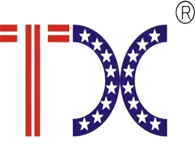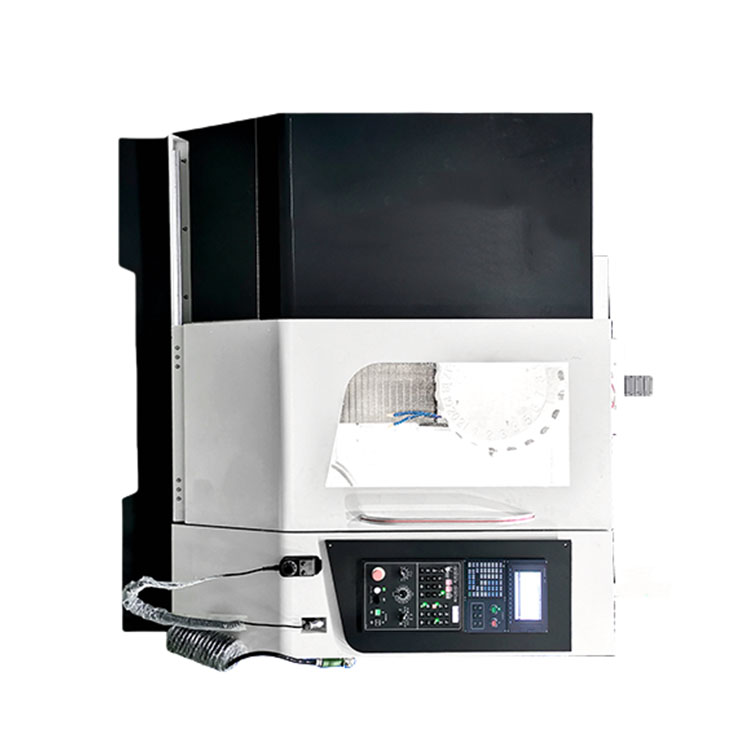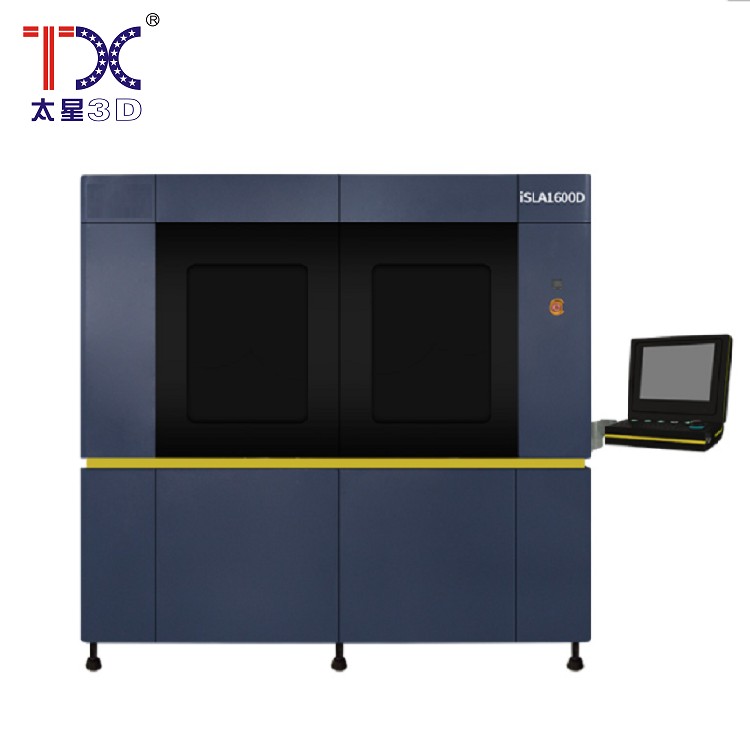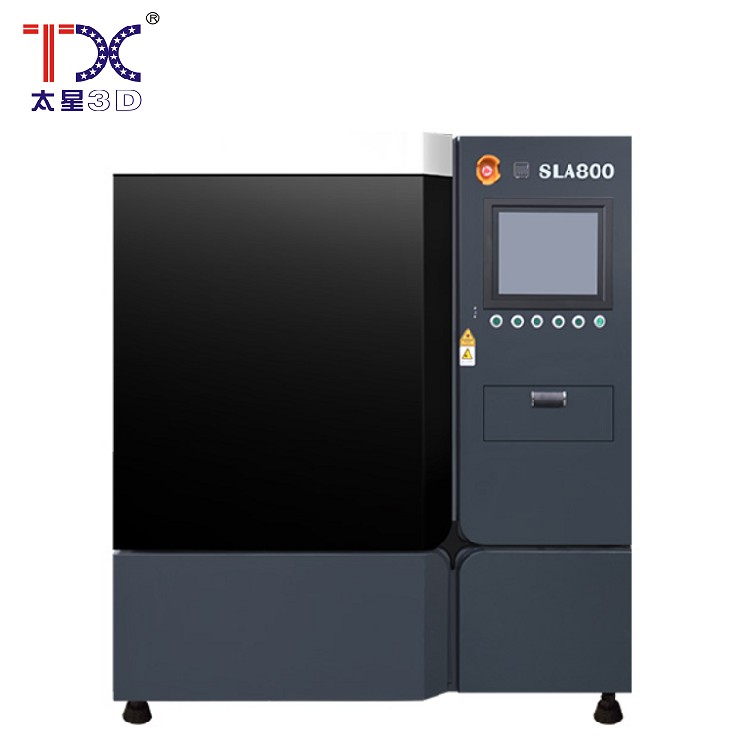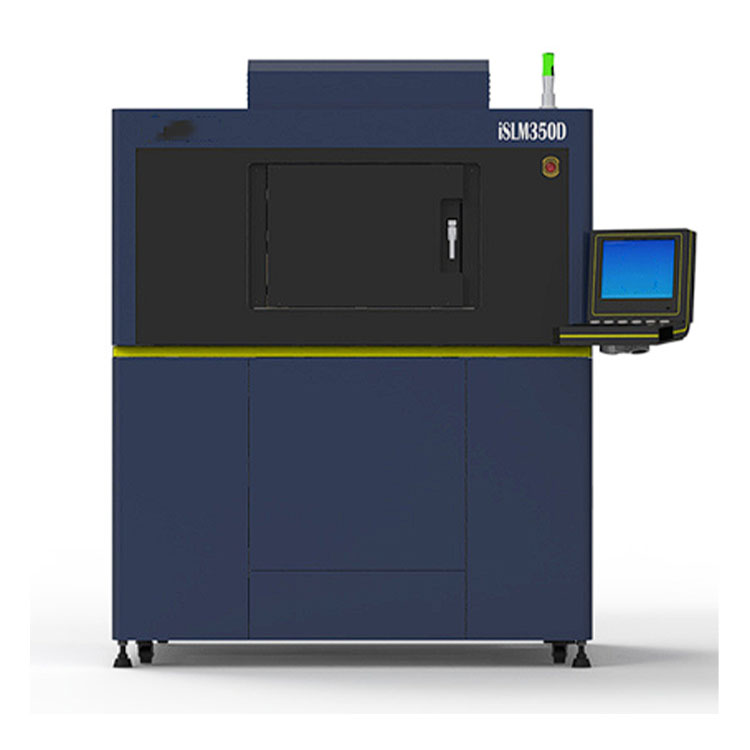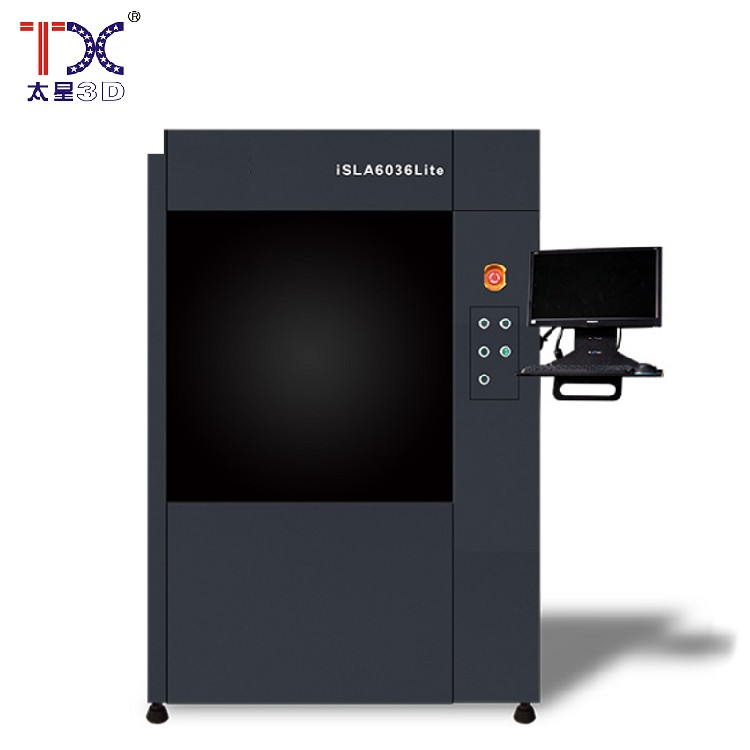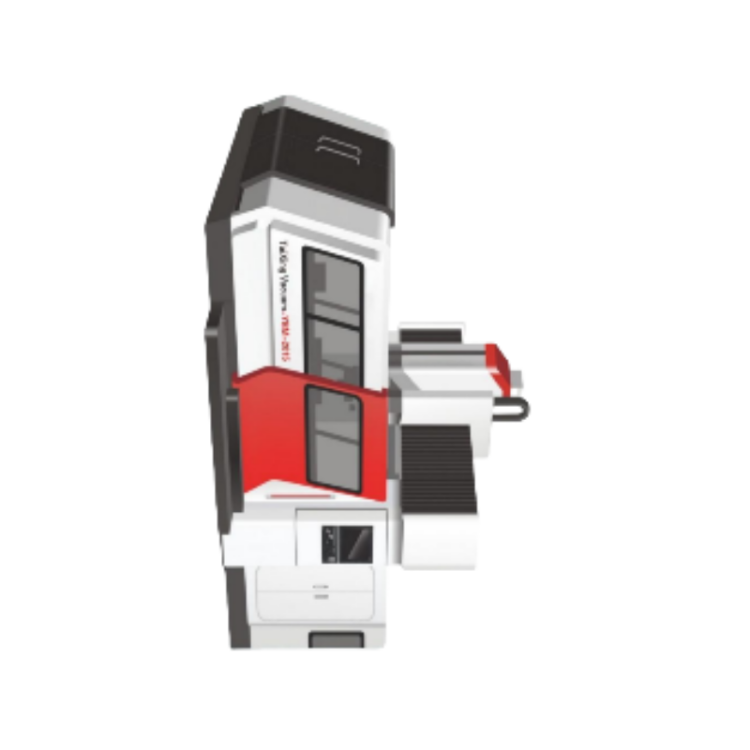
Types of 3D printing technologies in China
In China, there is a rapid growth of the 3D printing industry, offering a wide range of technologies for various applications. From FDM for prototyping to SLA for high-precision details, a variety of 3D printing methods allows you to choose the optimal solution for specific tasks.
Introduction to 3D printing in China
China is one of the leaders in the field of 3D printing, offering a variety of technologies and materials for various industries. The growth of the popularity of 3D printing is due to its ability to create complex geometry, reduce development and production time, as well as reduce costs. LLC Syamyn Taisin Mechanical Electric offers a wide range of solutions in this area, satisfying the needs of various industries.
The main types of 3D printing technologies
There are several main types of 3D printing technologies, each of which has its own advantages and disadvantages. Consider the most common of them:
Modeling method (FDM)
FDM (FUSED DEPOSITION MODELING) is the most common and affordable 3D printing technology. It consists in layer -by -layer fuse of molten plastic through an extruder. FDM printers are relatively inexpensive and easy to use, which makes them popular among amateurs and small businesses.
The principle of work:The plastic thread is fed into the heated head (extruder), where it melts. The extruder moves according to the given coordinates, applying the molten plastic layer by the layer to the platform. Each new layer is applied on top of the previous one until a finished object is created.
Materials:The most common materials for FDM printing are PLA (polylactide) and ABS (acrylonitrilbutadianstyrol), as well as Petg, nylon and polycarbonate.
Application:FDM printing is often used for prototyping, creating models, manufacturing functional parts and tools. LLC Syamin Taisin mechanical electric offers a wide selection of FDM printer and materials for various applications.
Advantages:Low cost of equipment and materials, ease of use, wide selection of materials.
Flaws:Relatively low print resolution, the need for support for complex geometries, visible layers.
Stereolithography (SLA)
SLA (stereolithography) is a 3D printing technology that uses a liquid photopolymer, which hardens under the influence of an ultraviolet laser. SLA printers provide high accuracy and detail, which makes them suitable for creating complex and detailed objects.
The principle of work:The ultraviolet laser scans the surface of a liquid photopolymer, causing its hardening in the given areas. After the completion of one layer, the platform is lowered, and the process is repeated until the finished object is created.
Materials:For SLA printing, various types of photopolymers are used, characterized in their properties, such as strength, flexibility and heat resistance.
Application:SLA-printing is used to create prototypes, models, jewelry, medical implants and other products that require high accuracy and detail.
Advantages:High accuracy and detail, smooth surface, wide selection of materials.
Flaws:The higher cost of equipment and materials, the need for post -outing, limited choice of materials.
Selective laser sintering (SLS)
SLS (Selective Laser Sintering) is a 3D printing technology that uses powder material that sins under the influence of a laser. SLS printers can work with various materials, including plastic, metal and ceramics, which makes them universal for various applications.
The principle of work:The thin layer of powder material is distributed according to the platform. The laser scans the surface of the powder, causing its sintering in the given areas. After the completion of one layer, the platform is lowered, and the process is repeated until the finished object is created. Not promised powder serves as support for the object, which allows you to create complex geometry without the need to use additional supporting structures.
Materials:For SLS printing, various types of powder materials, such as nylon, polyamide, TPU (thermoplastic polyurethane) and others are used.
Application:SLS-printing is used to create functional prototypes, industrial parts, medical implants and other products that require high strength and accuracy.
Advantages:The ability to print complex geometries without support, a wide selection of materials, high strength and durability of products.
Flaws:The high cost of equipment and materials, a rough surface of the products, the need for post -cutting.
Direct Energy Office (DED)
DED (Directed Energy Deposition) is a 3D printing technology that uses a laser or an electronic beam for melting metal powder or wire, which is then applied to the surface to create an object. DED printers are used to create large and complex metal parts, as well as to repair and restore damaged parts.
The principle of work:Metal powder or wire is supplied to the zone of exposure to the laser or electronic beam, where it is melted and applied to the surface. The extruder moves according to the given coordinates, creating a layer by a layer of a finished object.
Materials:For DED printing, various types of metals and alloys are used, such as titanium, aluminum, stainless steel, nickel and others.
Application:DED is used to create large industrial parts, repair and restore damaged parts, as well as to create parts with gradient properties.
Advantages:The ability to print large parts, a wide selection of materials, the possibility of repairing and restoring damaged parts.
Flaws:The high cost of equipment, a rough surface of the products, the need for post -cutting.
Inkjet printing binding (Binder Jetting)
Binder Jetting is a 3D printing technology in which a liquid binder is sprayed onto a layer of powder material, gluing it. After the completion of each layer, the platform is lowered, and the process is repeated until the finished object is created. After printing, the object must be burned to remove the binder and give it strength.
The principle of work:The layer of powder material is distributed by the platform. The print head sprays the binder on the powder, gluing it in the given areas. After the completion of one layer, the platform is lowered, and the process is repeated until the finished object is created.
Materials:Binder jetting uses various types of powder materials, such as metals, ceramics and sand.
Application:Binder Jetting is used to create prototypes, models, foundry and other products that require high performance and low cost.
Advantages:High print speed, low cost of materials, the ability to print large volumes.
Flaws:Low strength of products, the need for post -cutting, limited choice of materials.
Comparison of 3D printing technologies
The following table presents a comparison of the main technologies of 3D printing:
| Technology | Materials | Application | Advantages | Flaws |
|---|---|---|---|---|
| FDM | Pla, ABS, Petg, Nylon | Prototyping, modeling | Low cost, ease of use | Low resolution, visible layers |
| SLA | Photopolymers | Detailed models, jewelry | High accuracy, smooth surface | High cost, limited choice of materials |
| SLS | Nylon, TPU | Functional prototypes, industrial details | Complex geometry, high strength | High cost, rough surface |
| DED | Metals and alloys | Large details, repair | Large sizes, wide selection of materials | High cost, rough surface |
| Binder Jetting | Metals, ceramics, sand | Prototypes, foundry forms | High speed, low cost | Low strength, post -cutting |
3D printing development trends in China
The 3D printing industry in China continues to develop rapidly. There is an increase in investment in the research and development of new materials and technologies. More and more companies are introduced by 3D printing into their production processes, and state support contributes to the development of this industry. LLC Syamin Taisin mechanical electricians actively participates in these processes, offering advanced solutions for its customers.
Conclusion
China offers a wide range of technologies3D printingcorresponding to the needs of various industries. The choice of specific technology depends on the requirements for accuracy, materials, sizes and cost of products. As technology develops3D printingIn China, their application will expand, which will lead to a further growth of this promising industry. To know more about the possibilities3D printingAnd you can choose the right equipment on the siteLLC Syamin Taisin mechanical electric.
AppropriateProducts
Corresponding products
The best soldproducts
The best -selling products-
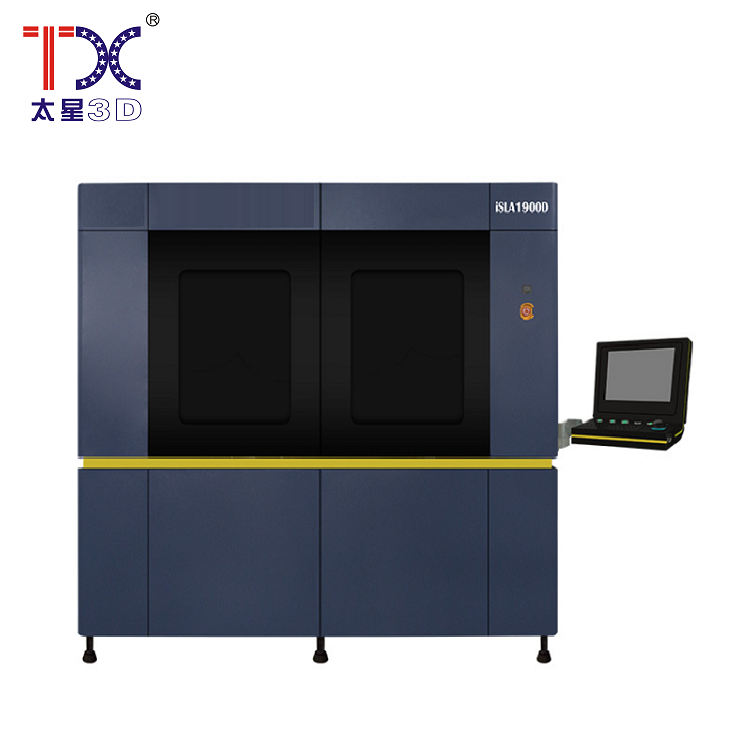 Taisin Light-adoptive 3D printer SLA1900D
Taisin Light-adoptive 3D printer SLA1900D -
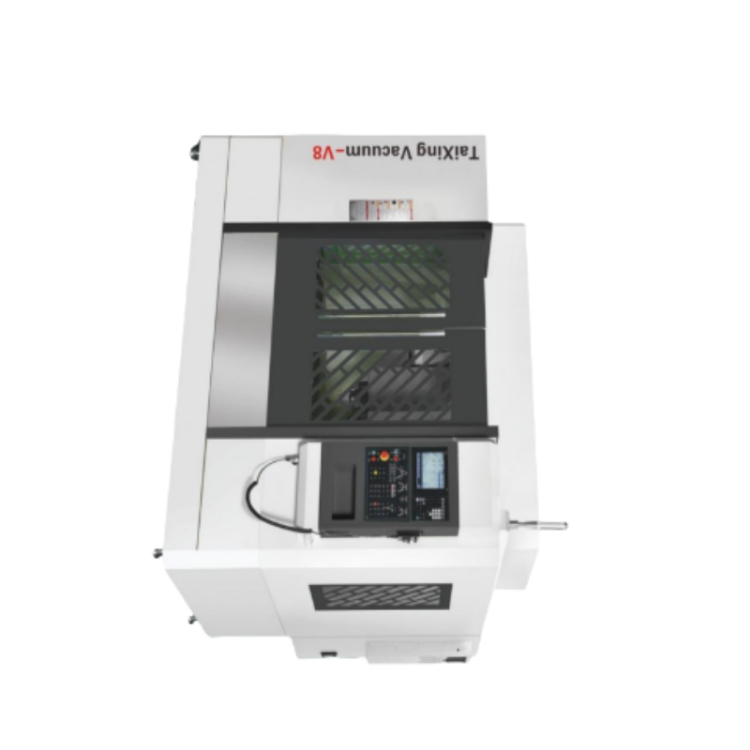 Taisin high-speed and high-precision processing center for processing parts TX-V8
Taisin high-speed and high-precision processing center for processing parts TX-V8 -
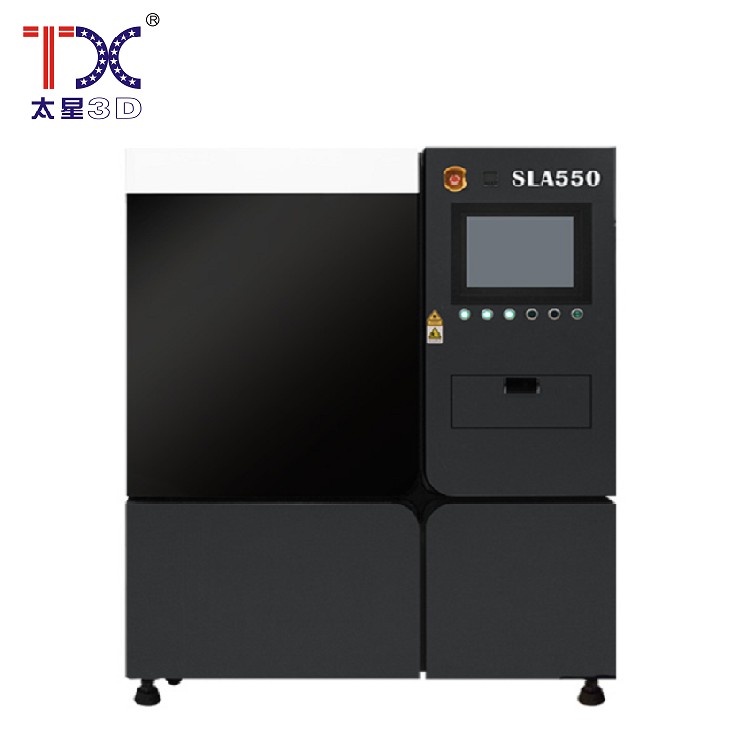 Taisin Light-adoptive 3D printer SLA550
Taisin Light-adoptive 3D printer SLA550 -
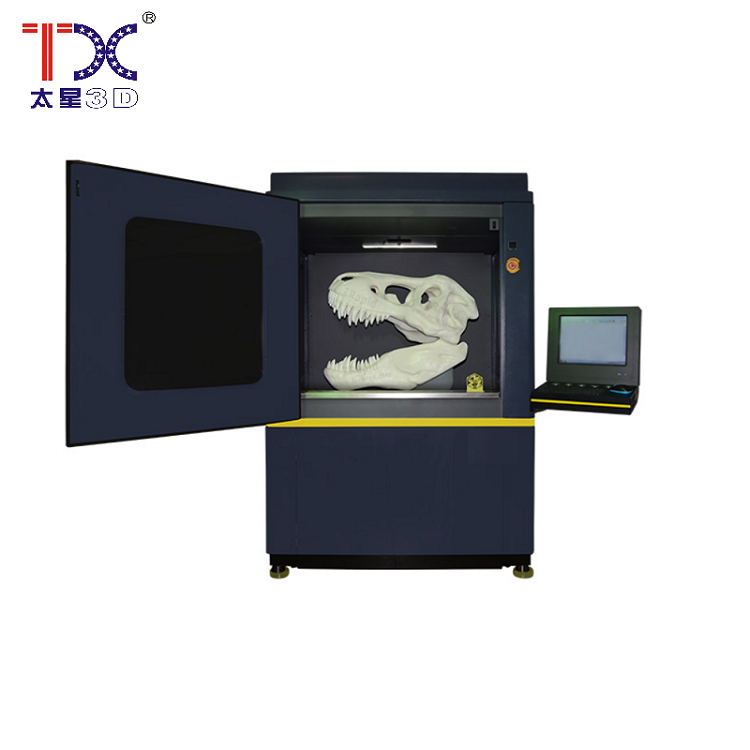 Taisin Light-adopted 3D printer ISL1100
Taisin Light-adopted 3D printer ISL1100 -
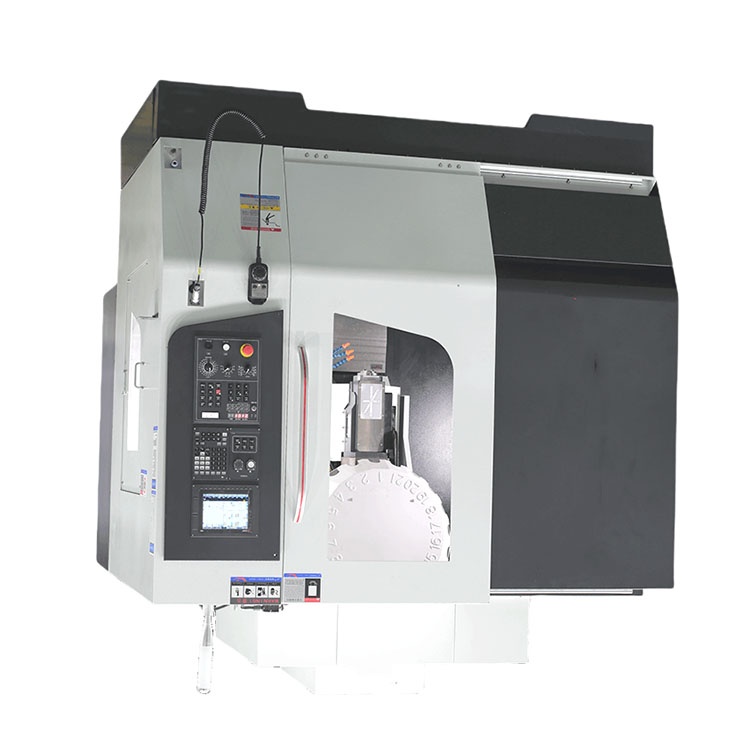 Taisin drilling and threaded-cutting machine with CNC TXT-700
Taisin drilling and threaded-cutting machine with CNC TXT-700 -
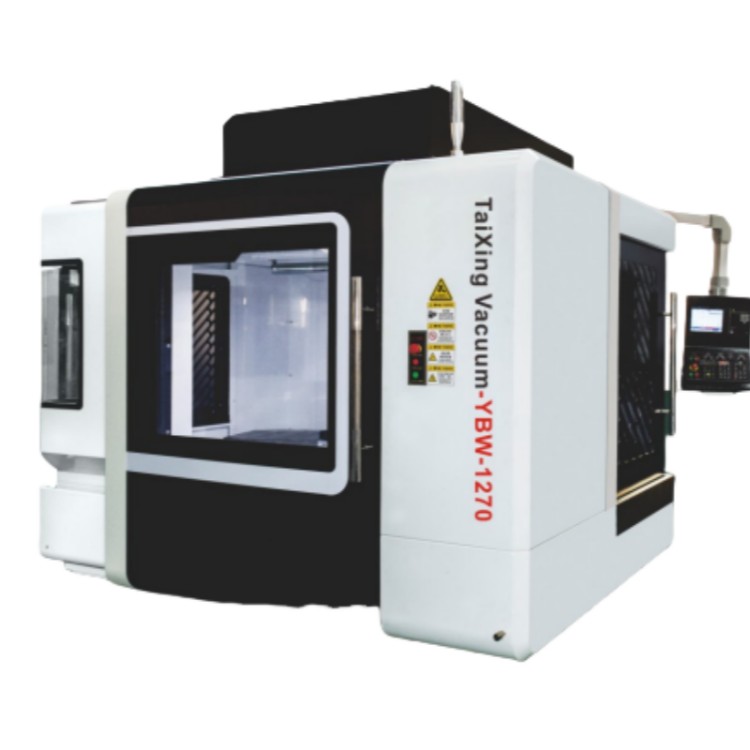 Taisin horizontal processing center YBM-1270
Taisin horizontal processing center YBM-1270 -
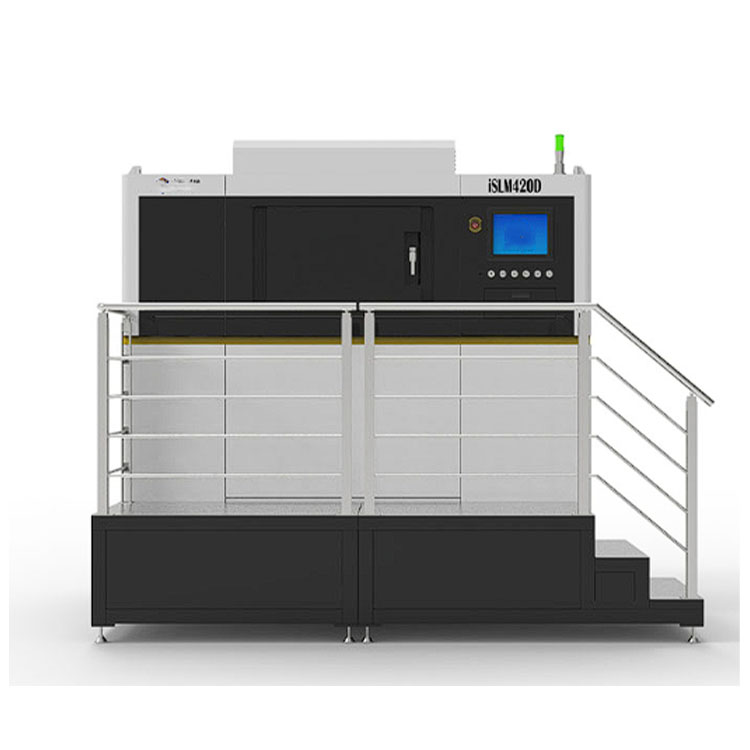 Taisin Metal 3D printer ISLM350DN
Taisin Metal 3D printer ISLM350DN -
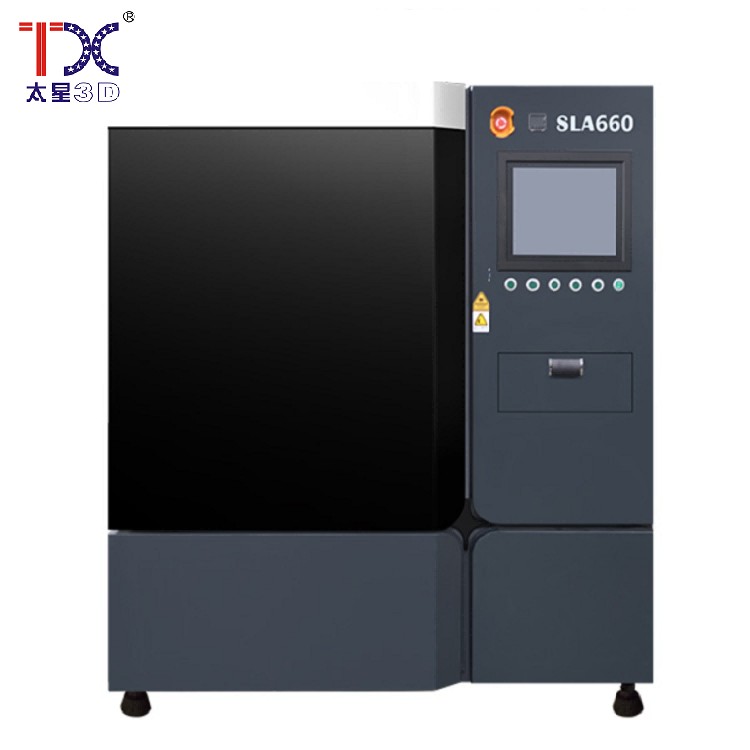 Taisin Light-adopted 3D printer SLA660
Taisin Light-adopted 3D printer SLA660 -
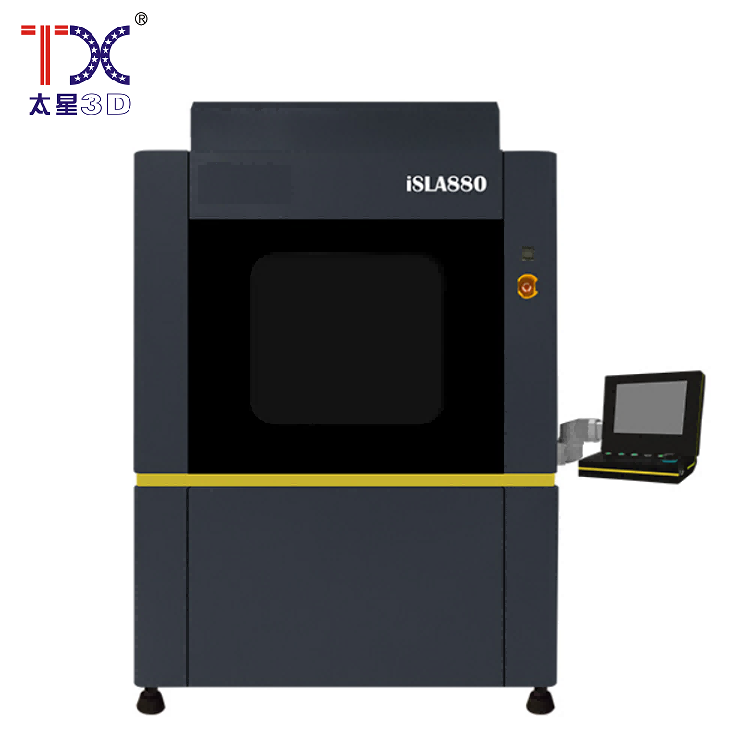 Taisin Light-adoptive 3D printer SLA880
Taisin Light-adoptive 3D printer SLA880 -
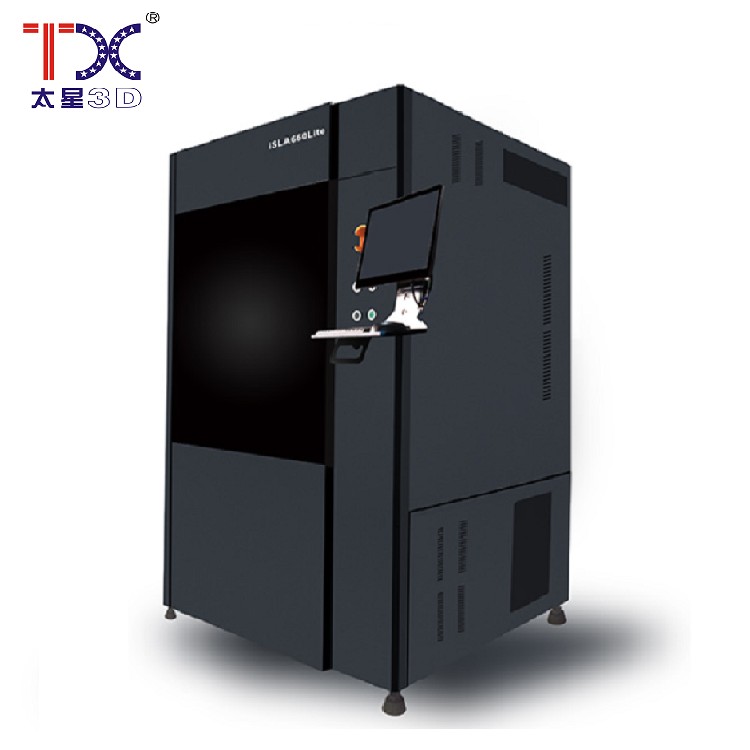 Taisin Light-adopted 3D printer SLA660Lite
Taisin Light-adopted 3D printer SLA660Lite -
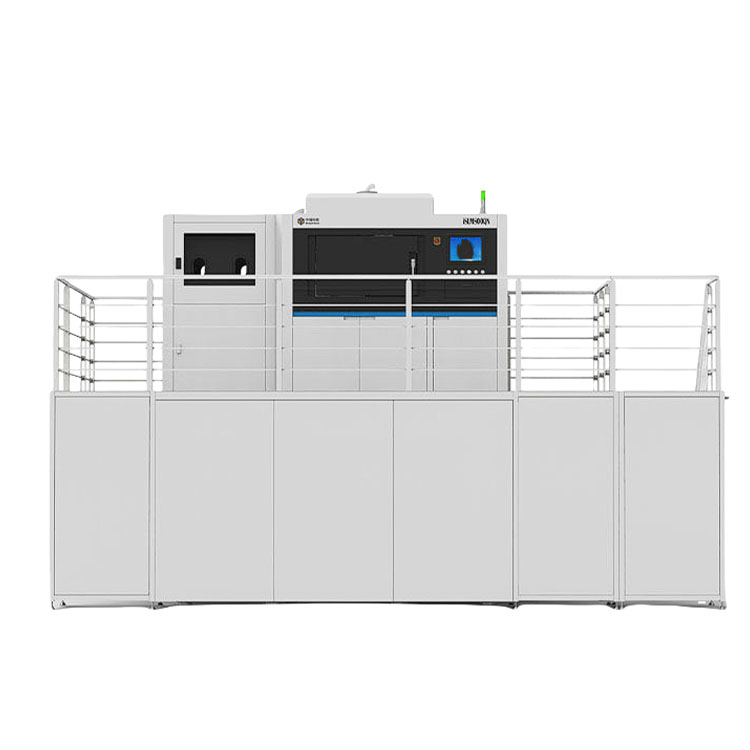 Taisin Metal 3D printer ISLM600QN
Taisin Metal 3D printer ISLM600QN -
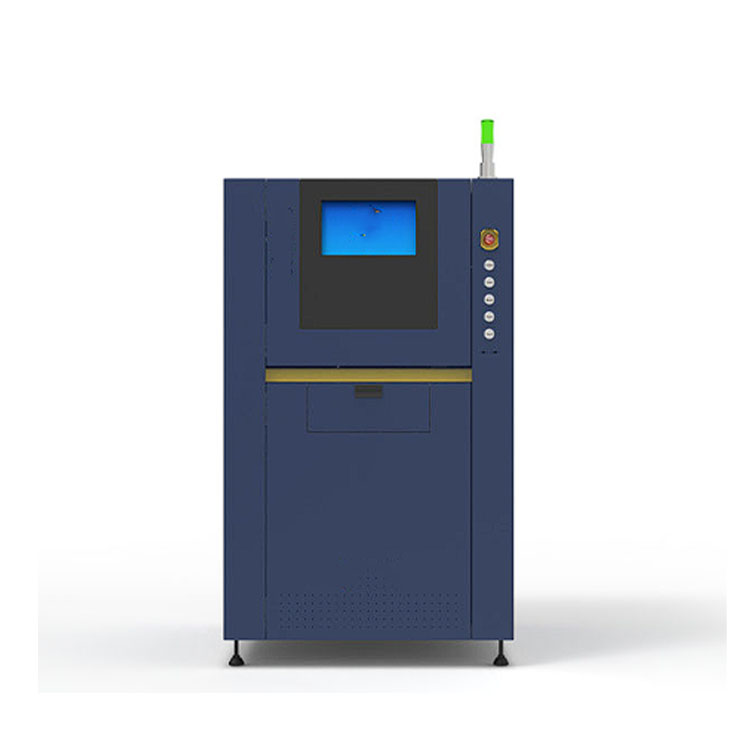 Taisin Metal 3D printer SLM160
Taisin Metal 3D printer SLM160
Connectedsearch
Related search- Polymeric materials production plants in China
- OEM suppliers 5-axial milling machines with CNC
- Cheap manufacturers of eliminating 3D printing problems
- Cheap TinkerCAD factories
- 3D printing in the aerospace industry
- Manufacturers of desktop 3D printers in China
- Cheap suppliers of the movement of the axes of the CNC machines
- Suppliers of durable axes of the OEM CNC CNC
- Cheap manufacturers of well-made 5-axis processing center with CNC
- Industrial 3D printing suppliers in China
